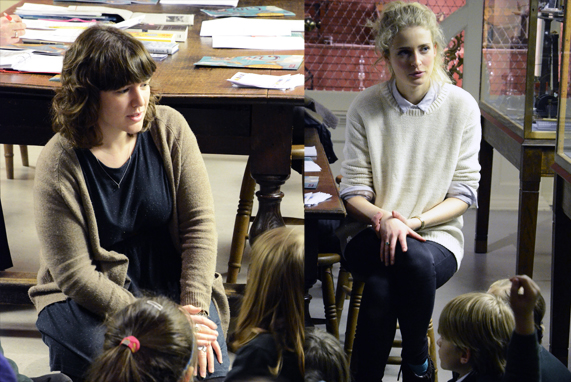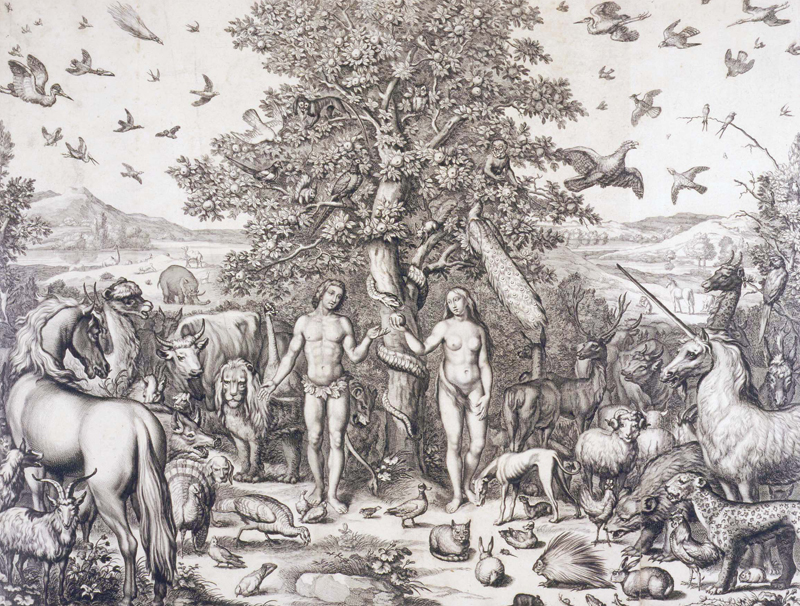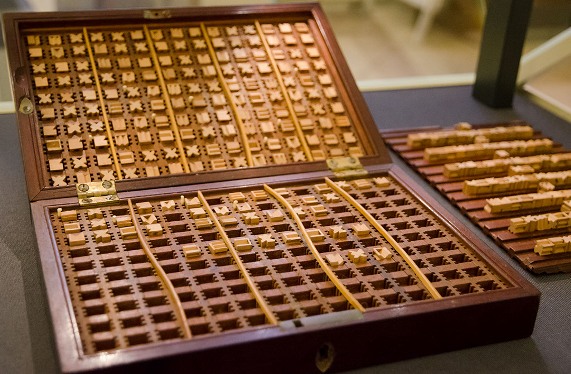Oxford Brookes Alternative Placement
Harriet Crombie and Jordan Greco are currently studying for BA in Primary Education at Oxford Brookes University. As part of their second year placement, as well as working in a school, they had the opportunity to work alongside an education officer in a museum in Oxford; they decided to visit the Museum of the History of Science. Here they would plan a session to teach to the children from their class. They reflect on their experience:
“On our first day we made our way down the stones stairs to the basement and met Michelle, the Education Officer, who took us round the 17th century building showing us the many different displays of instruments used in the past by many different people. We didn’t get long however until the first school visited, they had been studying Space, and Michelle ran a session enabling children to look at and touch a variety of objects used by Space explorers.
When planning our session we had to think really hard about what we would want the children to learn, what they could gain from their visit and hopefully take back into the classroom. As the children were learning about France this term, we decided to make this the theme of the school trip.
For us (and we think for the children!) the trip went really well- Jordan and I organised 3 different activities, consisting of a French object trail in the Top Gallery, sketching the French Revolutionary Clock in the main entrance, and creating and using sundials in the basement. To finish off the trip with a fun, whole class activity we taught the children some relevant words to the trip (such as sundial, museum, clock etc) in French to take back to their families at home.
We managed to introduce much of the trip knowledge in school prior to the day, such as talking about the French Revolution and the rising up of the people in France against the Royals so that the Revolutionary clock was more relevant to the children. Extensions to the sundial activity would be to use them outside during a science lesson.
We both had a fantastic time in the museum made much easier by the support of Michelle, one of the education officers working there. The staff were great to work with and we really felt like we explored learning outside of the classroom. It was a very worthwhile experience and we would recommend it to anyone who has the opportunity!”


